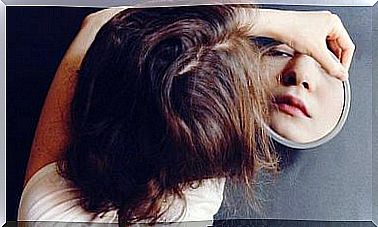Cesare Lombroso And His Classification Of Criminals
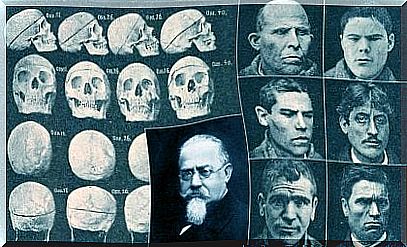
Cesare Lombroso’s name is strongly linked to the history of criminology. Its classification of criminals was, for a long time, the main tool for establishing delinquent profiles. In fact, many of its postulates are still debated within the scope of Law.
Cesare Lombroso, a physician and trained anthropologist, is considered the father of criminology. His work “Experimental Anthropological Treatise on Delinquent Man” is considered the first systematic compilation in this area. Along with Enrico Ferri and Raffaele Garofalo, Lombroso was one of the great representatives of positivist criminology.
Cesare Lombroso’s thinking was strongly influenced by Darwin’s theories. In this sense, Lombroso even said that criminals were “the missing link”, a being who was in an intermediate point between ape and man.
The highlight of Cesare Lombroso’s work was his classification of criminals. He divided them into: born criminal, moral mad criminal, epileptic criminal, mad criminal, passionate criminal, and occasional criminal. Let’s look at how he defined each of these categories.
Cesare Lombroso and the born criminal
For Cesare Lombroso, it was possible to determine if someone was a criminal by analyzing their bodily characteristics. According to his approach, the criminal presents traits of organic and psychic inferiority that are visibly evident.
In the case of a born criminal, this is characterized, from a physical point of view, by the following characteristics: small skull, large eye socket, sloping forehead, protuberance in the lower back of the head. From a psychological point of view, he is insensitive, impulsive, and unapologetic.
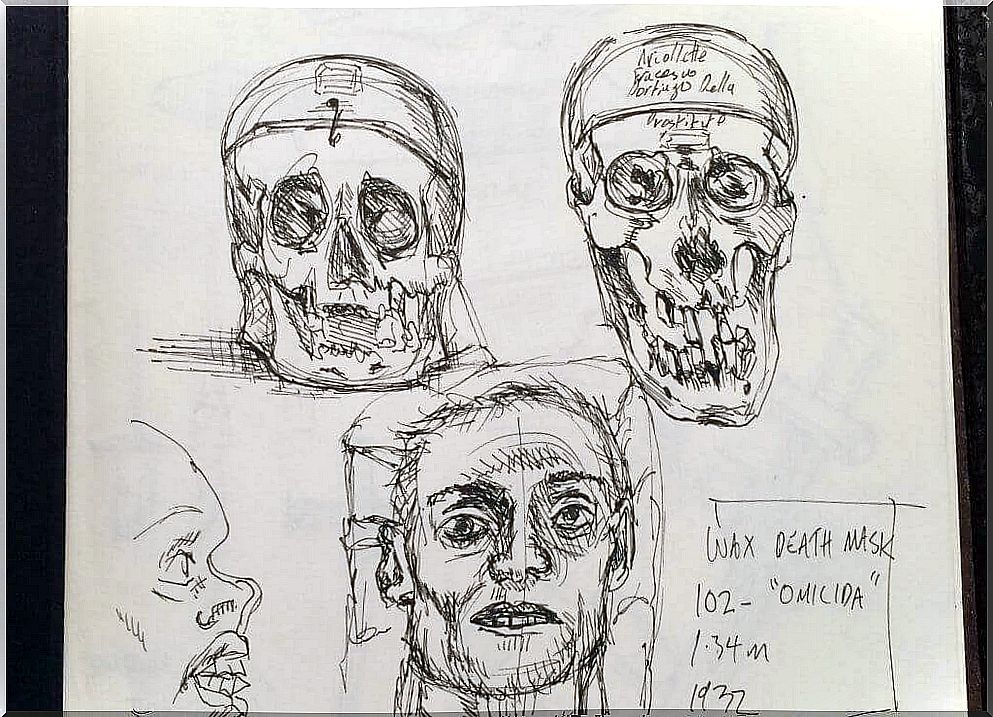
moral crazy criminal
According to Cesare Lombroso, the morally mad criminal is rarely committed to special psychological care centers. By contrast, they are often found in prisons and brothels. They are cunning, obnoxious, vain and selfish.
From a physical point of view, they look like a born criminal, with a prominent jaw. Your face has several asymmetries. However, in this case, it is not easy to identify him by his appearance, but by his behavior. They pretend insanity and since childhood we can identify this way of being in them.
epileptic criminal
For Lombroso, epilepsy was a sign of criminality. This criminality could manifest itself in the usual way, with convulsions, or without any apparent manifestation. In both cases, we would be talking about one of the most dangerous criminals.
They are characterized by being animal lovers, destructive and vain. Lombroso also claims that they are prone to suicide and that, along with moral madmen, they are the only ones who seek to associate to commit crimes.
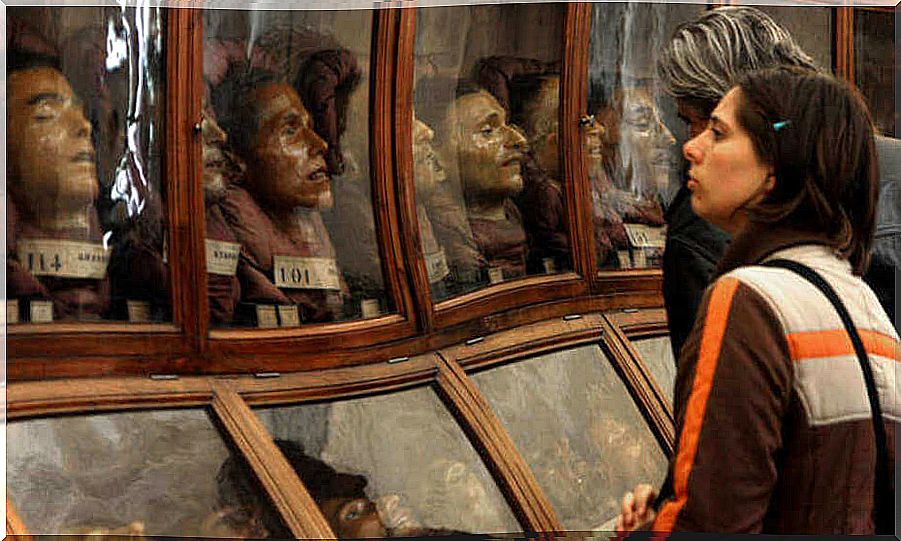
crazy criminal
Cesare Lombroso makes a distinction between criminal madmen and criminal madmen. The criminal insane would be sick people who do not reason and are not responsible for their actions. Mad criminals, on the other hand, commit an offense and then go mad in prison.
He indicates that there are three types of crazy criminals: the alcoholic, the hysteric, and the mattoide. The first is the one who gets drunk and commits crimes. The hysteric has a great tendency to lie and a natural inclination towards eroticism. The mattoide, in turn, is on the line that separates sanity from madness, and commits crimes on impulse.
passionate criminal
The passionate criminal acts on impulse and is motivated by noble passions. It does not have particular physical characteristics that identify it, except for its age, which varies between 20 and 30 years.
This type of criminal is extremely affectionate and feels great shock after committing the offense. Sometimes he tries to commit suicide. The reasons that lead him to commit a crime can be three: mourning, infanticide and political passion.
occasional criminal
Lombroso says that occasional criminals fall into three groups: pseudo criminals, criminals and professional criminals. The former commit crimes that can be of three types: involuntary, without perversity (almost always motivated by necessity) and in self-defense.
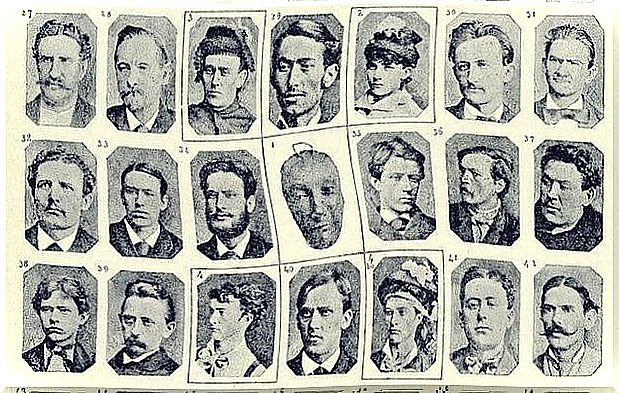
Criminals are those who commit crimes motivated or pressured by circumstances. Under normal conditions, they would not commit the crime, although they have a certain predisposition. Finally, professional criminals are those who combine legal activities with offenses.
Cesare Lombroso’s theory and classification of criminals remained in place for some time, but was later radically re-evaluated. Serious flaws were observed in the different contrasts performed using the scientific method.
Moreover, at times his theory became dangerous: it incited prejudice and, at times, it proposed the “definitive elimination” of the criminal.






